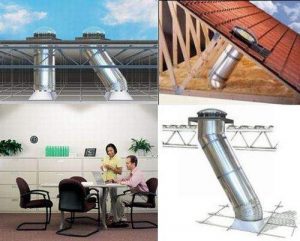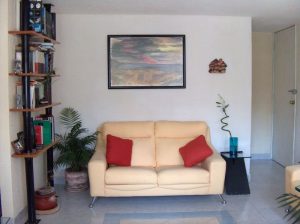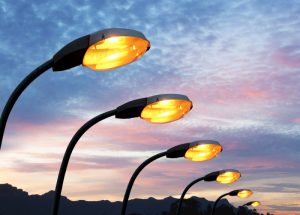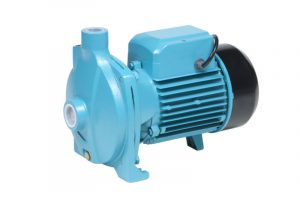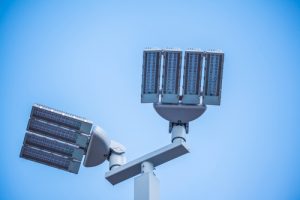Excessive Lighting can cause Light Pollution
On our recent visit to a mall we were impressed to see that most of the lighting in the parking was done using energy efficient T5 tubelights. But our happiness vanished soon when we realized that there were so many tubelights placed so close to each other that there was excessive lighting. We felt that the benefits of efficient option were offset by improper use of the same. The incident made us think, is there something called light pollution? And to our surprise we actually found out a great deal about it and the harmful effects of light pollution.
So what is light pollution?
Light pollution or luminous pollution is caused by excessive or obtrusive artificial light (source: Wikipedia). Light pollution also occurs when artificial light is emitted into areas where it is not needed. Obtrusive outdoor lighting that wastefully casts light upwards into the sky or onto horizontal plane causes light pollution. Any fixture that illuminates all or a portion of its sides rather than the ground pollutes the sky, and in some cases neighboring area or window with excess light.
Light pollution can also happen in indoor setting where excessive light can impact human health. More details on impact on human health are available on US National Library of Medicine link: http://www.ncbi.nlm.nih.gov/pmc/articles/PMC2627884/
Impacts of light pollution
- First and the most obvious impact of light pollution is wastage of electricity or energy. Electricity can be saved if appropriate amount of lighting is done with minimum wattage required. To get more details on how much light is sufficient for any purpose, check our article on task based lighting: How much lighting is good lighting for a room?
- Excessive lighting in outdoor areas can cause a lot of glare and can thus impact visibility of drivers and pedestrians. Add lights from the cars coming from the front and it can create unsafe driving conditions.
- Light pollution causes disruption to ecosystems and is not good for various flora and fauna.
- Excessive lighting can also cause sleep disorders and other problems in humans as highlighted in the article (mentioned above) by US National Library of Medicine.
What can we do?
All this does not mean lighting is bad. In fact artificial lighting has helped mankind in extending their productivity during the day. It also provides a lot of security during the nighttime, which is very important. So artificial lighting has become very important component of our lives that cannot be avoided. But there are certain things that we can surely do:
- Avoid excessing lighting and do task based lighting.
- Use of shielded fixtures that direct light to a specific area can help avoid lighting areas that do not need light. This is especially needed for outdoor lighting where if light is directed to specific area on the rood or roadway where lighting is needed.
- Use properly angled light so that light is directed to the task at hand.
- At homes
- Can use table lamps while doing detailed work.
- Spotlights can be used to highlight specific ornaments or wall hangings. But beware of the inefficient options available for spot lighting in the market.
- Dimmers can be used for lights so that appropriate lighting can be managed based on occasion or task. Dimmers also help save electricity.
- Smaller lights like CFLs should be used for lighting areas like stairways or bathrooms.
References
http://en.wikipedia.org/wiki/Light_pollution
http://www.ncbi.nlm.nih.gov/pmc/articles/PMC2627884/
Light Right: A Practicing Engineer’s Manual – Energy Efficient Lighting by TERI Publications.
About the Author:
Abhishek Jain is an Alumnus of IIT Bombay with almost 10 years of experience in corporate before starting Bijli Bachao in 2012. His passion for solving problems moved him towards Energy Sector and he is keen to learn about customer behavior towards Energy and find ways to influence the same towards Sustainability. More from this author.

